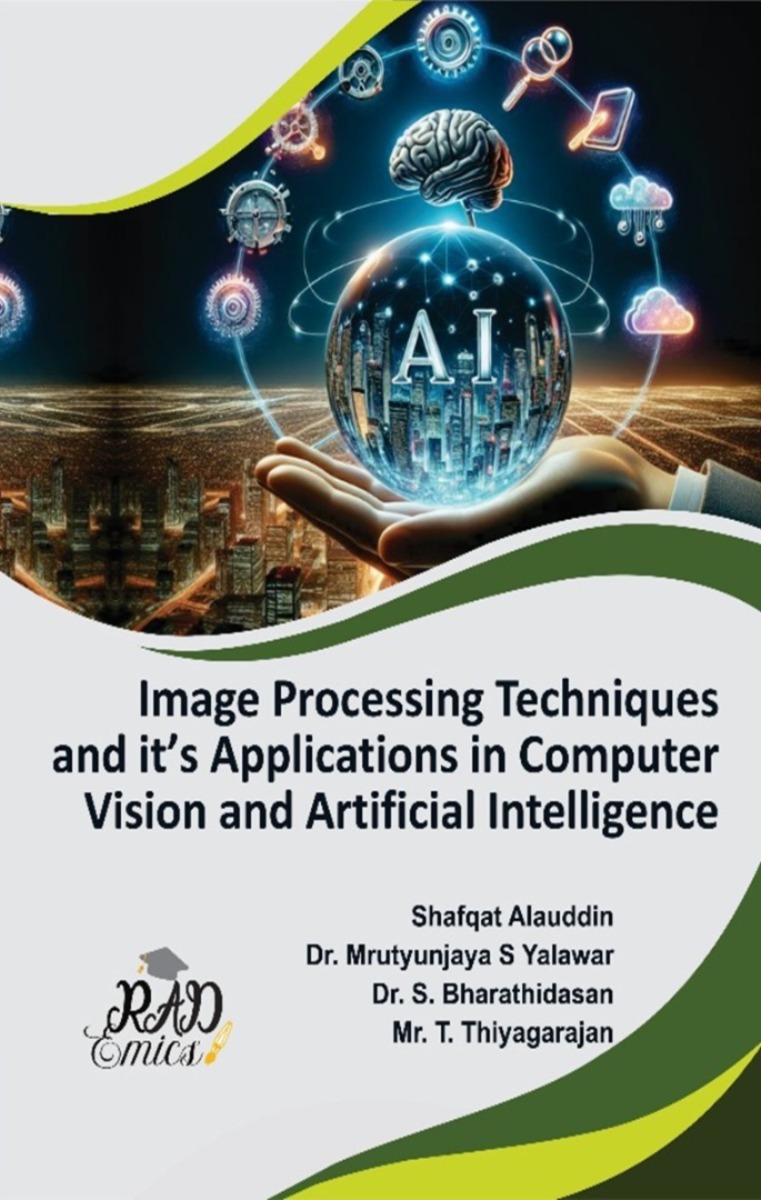
Peer Reviewed Chapter
Chapter Name : Image Classification Techniques Leveraging Support Vector Machines Decision Trees and Neural Networks
Author Name : Amit Karbhari Mogal, Vivek Ravishankar Dubey
Copyright: © 2024 | Pages: 36
DOI: 10.71443/9788197933660-11
Received: 02/06/2024 Accepted: 19/08/2024 Published: 30/10/2024
Abstract
This book chapter explores advanced methodologies in image classification through the integration of hybrid models, specifically focusing on the synergistic application of Support Vector Machines (SVM), Decision Trees, and Neural Networks. With the rapid evolution of image processing technologies, the necessity for sophisticated classification techniques has become increasingly critical. The chapter delves into the architectural frameworks of hybrid models, emphasizing the benefits of combining diverse classification algorithms to enhance accuracy and robustness. Furthermore, it addresses the challenges and limitations inherent in hybrid modeling, alongside advanced training and optimization strategies that are vital for effective implementation. A comprehensive examination of performance evaluation metrics provides a benchmark for assessing the efficacy of hybrid models against traditional classifiers, highlighting their superior performance across various applications. The integration of domain knowledge with automated feature selection techniques was also discussed, offering insights into the refinement of model inputs. This chapter serves as a significant contribution to the field, paving the way for future research and practical applications in image classification.
Introduction
The field of image classification has undergone significant transformation with advancements in computational techniques and machine learning algorithms [1,2]. The exponential growth of visual data necessitates robust and accurate classification methods to extract meaningful insights from diverse datasets [3]. Traditional classifiers, including Support Vector Machines (SVM), Decision Trees, and k-Nearest Neighbors (k-NN), have demonstrated effectiveness in specific contexts [4,5]. However, the increasing complexity of real-world applications has exposed the limitations of these individual approaches [6]. As a response, hybrid models that combine multiple classification techniques have emerged, aiming to leverage the strengths of each algorithm while mitigating their respective weaknesses [7].
Hybrid models, by design, enhance classification performance through the integration of different methodologies [8,9]. For instance, combining the interpretability of Decision Trees with the predictive power of neural networks can lead to models that not only perform well but are also easier to interpret [11]. The synergy created by integrating various classifiers allows for improved accuracy and robustness in predictions, particularly in scenarios where data distributions are complex or noisy [12]. This chapter explores the architectural frameworks of these hybrid models, discussing their structural composition and the rationale behind combining different classifiers to form a cohesive and effective unit [13,14].